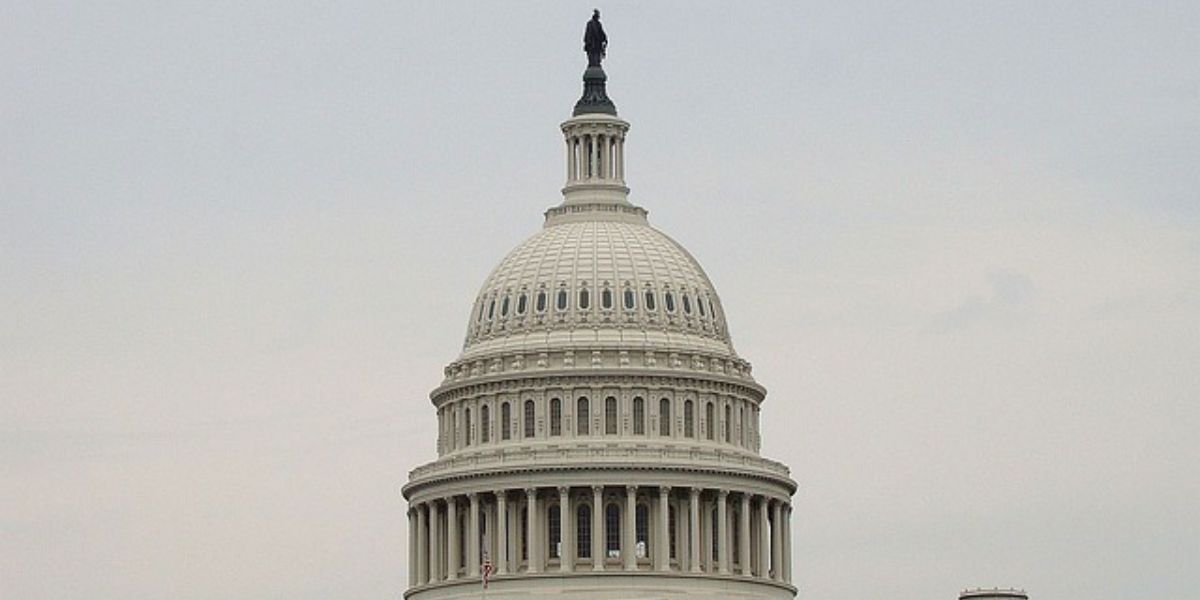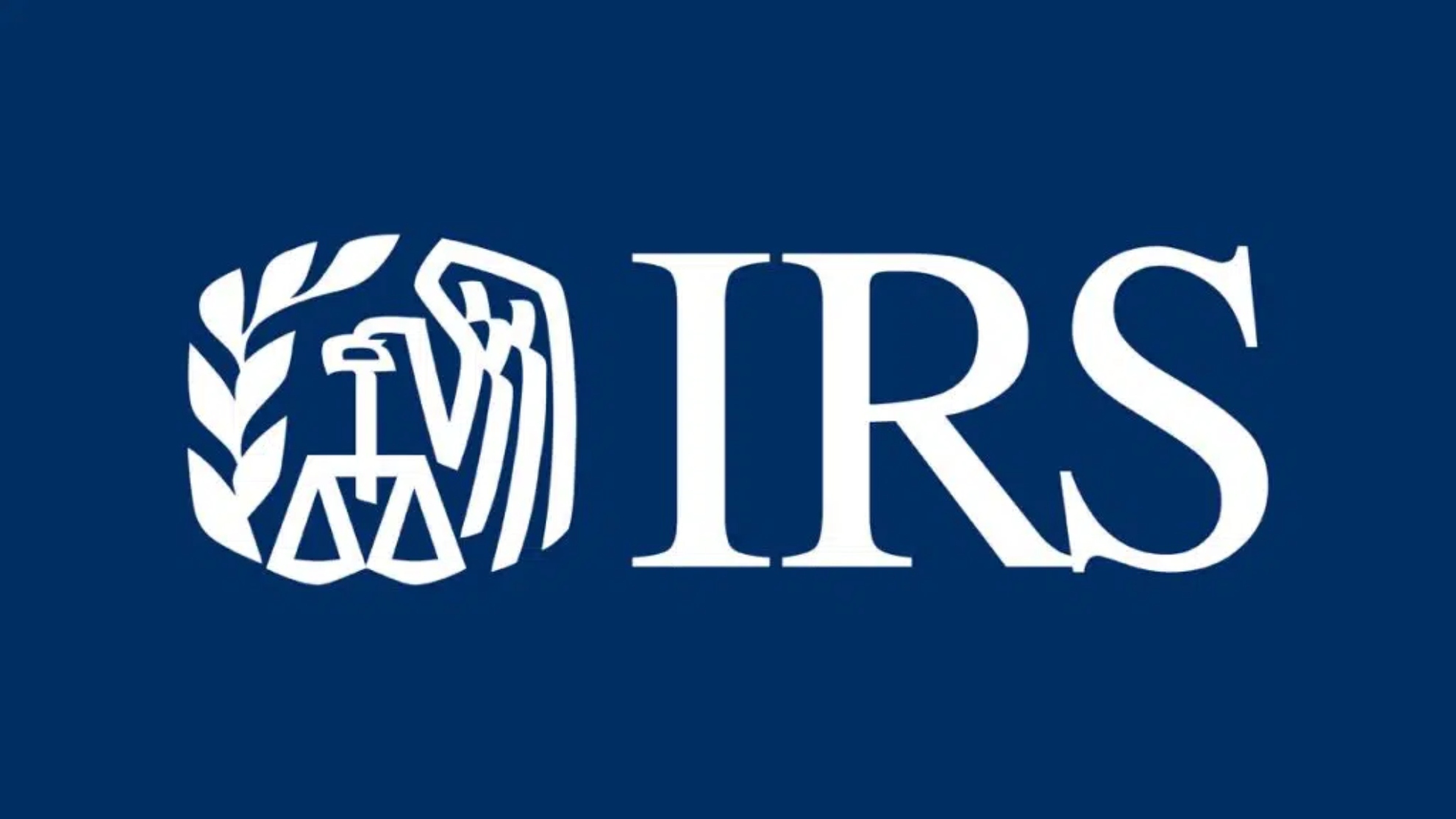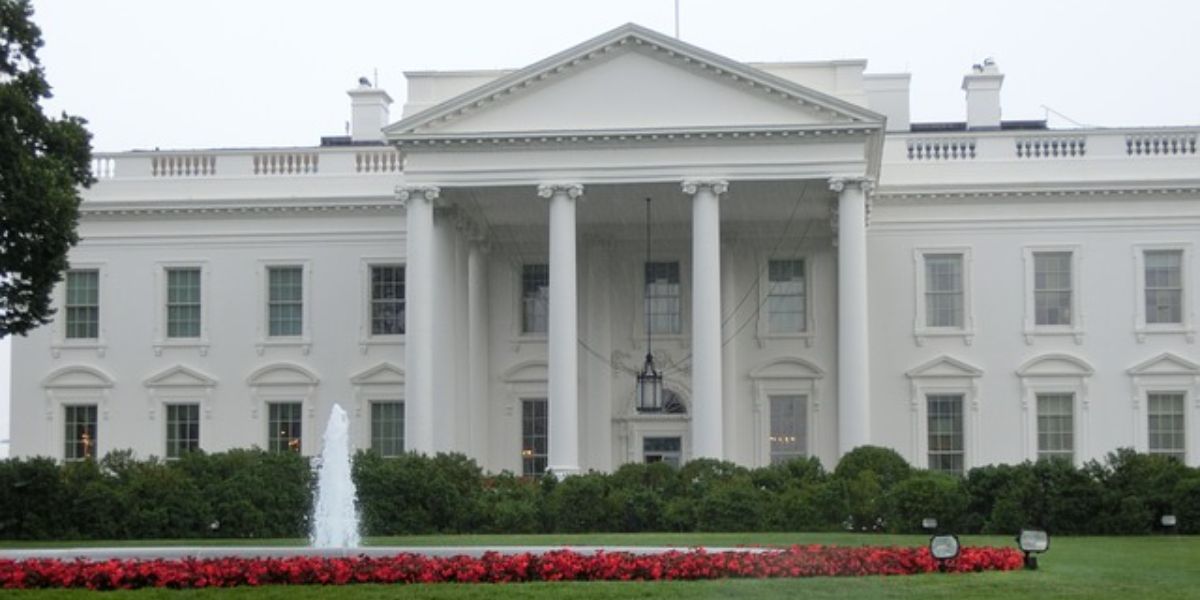On 16 August 2019, the U.S. Court of Appeals for the Ninth Circuit in the case of: Amazon.com, Inc. v. Commissioner, 148 T.C. 108 (2017) issued a decision in favor of Amazon concerning the regulatory definition of intangible assets and the method of their valuation in a cost-sharing arrangement.
Summary of the case
In that case, as part of the restructuring of European business in 2005 and 2006, Amazon has entered into a cost-sharing agreement in which a holding company of Amazon’s European subsidiaries has made a buy-in payment for Amazon assets that complies with the regulatory definition of an Amazon “intangible asset”. As a result, a significant portion of its revenue has been transferred from US companies to newly-established European subsidiaries, and its tax-based provisions require the buy-in payment to reflect the market value of Amazon’s existing intangible assets.” Buy-in payment of approximately $ 255 million, but the Commissioner of Internal Revenue Service (IRS) concluded that the buy-in payment was not determined on arm’s length basis according to the transfer pricing rules, so the IRS conducted its own calculation and rated it the buy-in was about $ 3.6 billion.
After finding that the buy-in payment had not been determined at arm’s length in accordance with the transfer pricing regulations, the IRS performed its own calculation. The taxpayer filed a petition in the Tax Court challenging that valuation.
Here the main issue was the correct method for the valuation of the already existing intangible assets according to the then prevailing transfer pricing regulations.
Decision of the Case:
The Tax Court’s decision sided primarily with Amazon, and the IRS filed an appeal against the decision of the ‘US tax court’ on 12 April 2019. However, in affirming the Tax Court’s decision, the three-judge Appeal Court panel concluded that the definition of “intangible” does not include residual-business assets, and that the definition is limited to independently transferable assets.
The US Supreme Court of Appeals noted that the case was considered against transfer pricing regulations promulgated in 1994 and 1995. In 2009, more than three years after the tax years at issue in the case, the Department of Treasury issued temporary regulations broadening the scope of contributions for which compensation must be made as part of the buy-in payment.


















